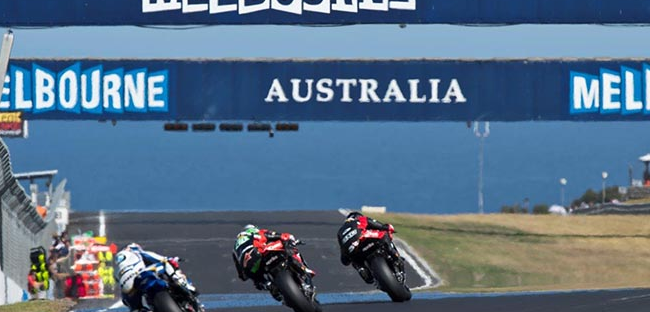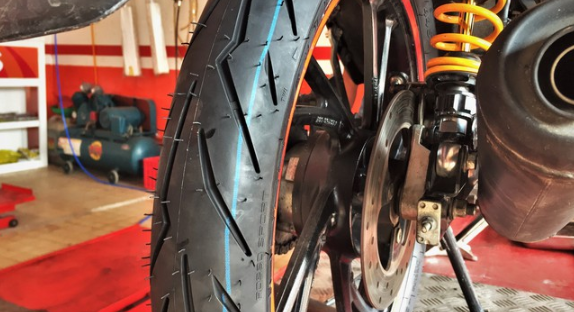Besides MotoGP, another 2-wheel drive racing tournament has also received a lot of attention, that is the World Superbike will also have major changes in 2020.
By the end of November, the tournament organizers have confirmed the official schedule for the 2020 season, with 13 races, no increase (decrease) compared to 2019 but there are some changes in destinations. Taking place in 10 countries on 4 different continents, the 2020 season will once again start in Australia at the beginning of March.
The Philips Island racetrack will mark the 30th time in history of organizing a WSBK race, no race in the world has achieved this milestone yet. In addition, there will also be an official test before the final season on February 24-25, 2020.

Philips Island will be the start of the WSBK 2020 season
Two weeks later, the teams will come to the race in Qatar, where all new riders will ‘visit’ at the end of October, with the last race of 2019. Losail racecourse will have 2 consecutive weeks. continue to be busy when organizing 2 tournaments MotoGP and World SBK. The change of Thai GP stage in MotoGP race when moving to March forced this race to break up with WSBK this year.
In addition, the only race in North America at Laguna Seca racetrack, California, USA will not appear next year.
The usual European season starts at Jerez in late March, then returns to Spain twice in Aragon in late May and the first time WSBK goes to the Barcelona-Catalunya racetrack in mid-September. Italy will remain the country with more than one race, with two races at Imola and Misano in about 35 days.
July and August is a break time for riders to take only 2 stages in the first week of the month. The WSBK will return to Germany, but with a new Oschersleben race, the fourth fixed race track in Germany, after Nürburgring, Hockenheimring and Sachsenring.
Oschersleben racetrack (Germany) is the new destination of German GP
September is a sprint stage with 3 races at Algarve (Portugal), Barcelona (Spain) and Magny-Cours (France) in less than 25 days. The season-ending race will take place in South America, with the Argentine GP race at the San Juan Villicum racetrack on October 11, 2020. In addition, the middle of the season will have an official test but the time and place have not been announced.


